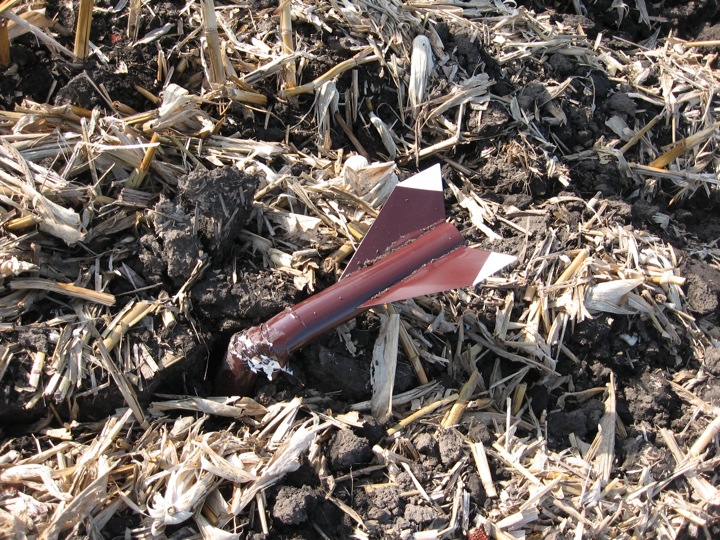The EGE
Well-Known Member
- Joined
- Sep 11, 2009
- Messages
- 546
- Reaction score
- 2
There's two main points I see here.
1) Extreme overbuilding is not acceptable. If a recovery failure will put human lives at risk, then do not fly the rocket. Damaged rockets can be repaired or replaced a lot easier than humans, and a major injury would create massive legal battles. Our hobby is legal and we are allowed to fly up to large rockets with a large amount of self-regulation precisely because we follow basic safety rules. If you can't follow those basic rules of sanity, then do not fly.
If you can't stand any damage, then don't fly your rockets. A damaged rocket after a bad recovery means it was designed properly and it got damaged instead of possibly hurting a person. A damaged rocket after a sucessful recovery means either you used too small a chute, or you got unlucky, or you had extremely weak joints. Epoxy alone is only 10% of the strength; 90% is knowing how to make a sucessful glue bond and fillet. I've had some chute failures where a rocket built with wood glue had all the joints survive, and balsa shatters. I have sent a rocket with all wood glue fillets to the speed of sound, and it deployed at high speed and survived.
2) If a rocket's recovery system deploys correctly, it should lower the rocket to the ground safely at around 15-20 feet per second without damage. A properly designed recovery system will deploy every time, have a properly sized chute / streamer / etc to bring it down at a safe velocity, have protection for the system (wadding, baffle, kevlar sheet, etc), and will incorporate any needed ways to land the rocket in the correct orientation, and prevent it from swinging if needed. DO NOT overbuild your rockets because of recovery failures; learn to recover them safely.
Nylon chutes with thick lines also tangle a lot less than than plastic chutes with thin string for lines. You can sew your own, or CATO Chutes and Sunward, and others, have good cheap ones.
1) Extreme overbuilding is not acceptable. If a recovery failure will put human lives at risk, then do not fly the rocket. Damaged rockets can be repaired or replaced a lot easier than humans, and a major injury would create massive legal battles. Our hobby is legal and we are allowed to fly up to large rockets with a large amount of self-regulation precisely because we follow basic safety rules. If you can't follow those basic rules of sanity, then do not fly.
If you can't stand any damage, then don't fly your rockets. A damaged rocket after a bad recovery means it was designed properly and it got damaged instead of possibly hurting a person. A damaged rocket after a sucessful recovery means either you used too small a chute, or you got unlucky, or you had extremely weak joints. Epoxy alone is only 10% of the strength; 90% is knowing how to make a sucessful glue bond and fillet. I've had some chute failures where a rocket built with wood glue had all the joints survive, and balsa shatters. I have sent a rocket with all wood glue fillets to the speed of sound, and it deployed at high speed and survived.
2) If a rocket's recovery system deploys correctly, it should lower the rocket to the ground safely at around 15-20 feet per second without damage. A properly designed recovery system will deploy every time, have a properly sized chute / streamer / etc to bring it down at a safe velocity, have protection for the system (wadding, baffle, kevlar sheet, etc), and will incorporate any needed ways to land the rocket in the correct orientation, and prevent it from swinging if needed. DO NOT overbuild your rockets because of recovery failures; learn to recover them safely.
Nylon chutes with thick lines also tangle a lot less than than plastic chutes with thin string for lines. You can sew your own, or CATO Chutes and Sunward, and others, have good cheap ones.





